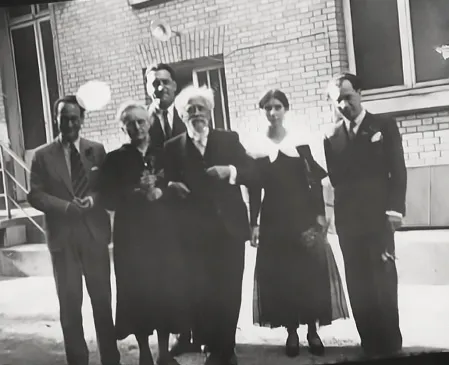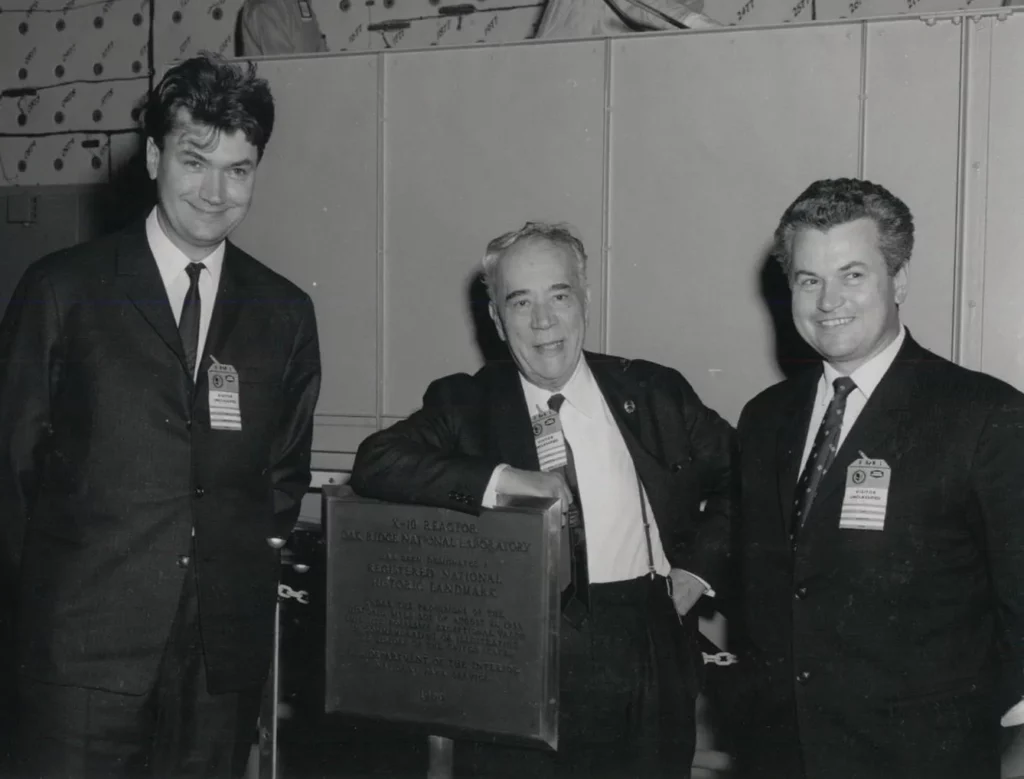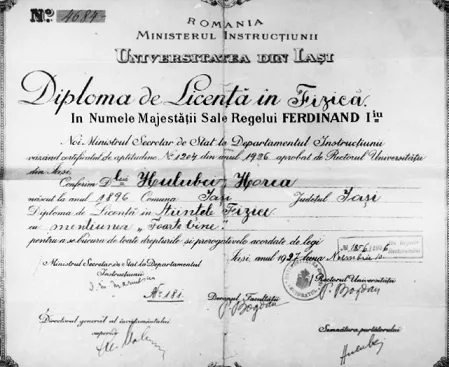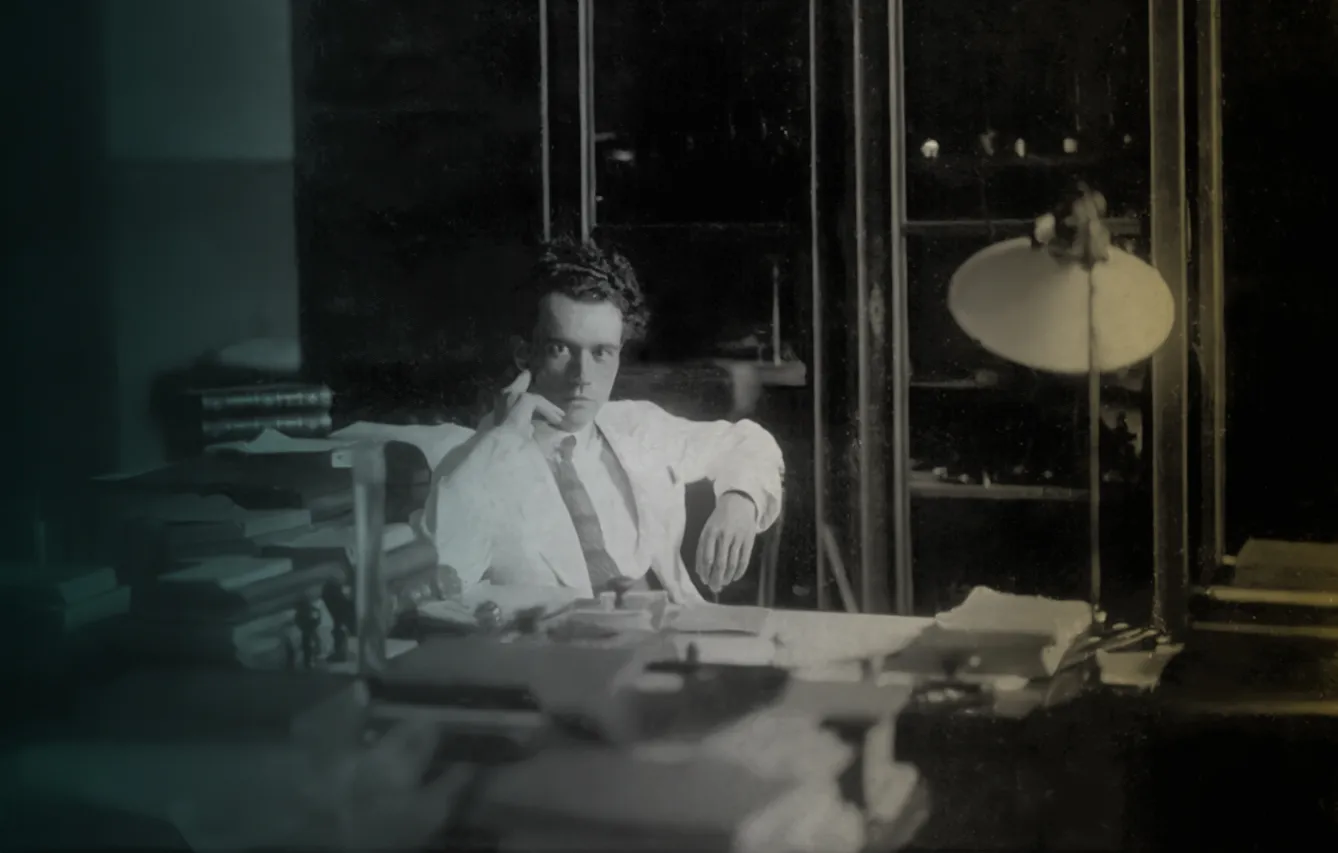Physicist Horia Hulubei was a renowned scientist, the first in the world to discover X spectra in gases. Hulubei was also a respected World War One pilot, awarded the French Legion of Honor recognition. He was a diplomat in the 1940s, serving as the cultural adviser of the Romanian Embassy in Paris. But Hulubei was also a determined faculty member, an inspiring Professor in France, and a revolutionizing one in Romania. In the 76 years he lived, he fulfilled the duties of four different careers, excelling in every single one.
When tragedy befalls
Hulubei was born on November 15, 1896, in Iasi, Romania. In his childhood, he was not exempt from tragedies, having to go through the loss of his father at the frail age of 15. Four years later, in 1915, he graduated as a valedictorian of his high-school studies and enrolled in the Faculty of Physics and Chemistry in Iasi. However, his academic ambitions came to a stop when World War I broke out. He joined the army as an infantryman and was later sent to Paris to train as a military pilot on the recommendation of General Berthelot. As a result of his great and bold involvement in the war, he sustained ample injuries and was awarded the French Legion of Honor recognition.

Once the waters calmed down, Hulubei returned to his first love, the world of science. Despite being a student, he was granted a position as a substitute tutor at the University. He graduated Magna cum laude in three years and joined Jean Perrine (who won the Nobel Prize that same year) and his team in the study of physics at the Sorbonne University in Paris.
A time of discovery
In France, Hulubei dived deep into the study of modern and challenging areas. He discovered the X-ray spectra in gases, studied the multi-Compton effect, and, together with Yvette Cauchois, discovered spectral lines that led to the identification of new elements that would later be added to the Mendeleev’s table under numbers 85, 87, and 93. The recognition of this discovery was never attributed to the duo. Instead, it was awarded to those who successfully chemically isolated the elements some 10 to 20 years after Hulubei and Cauchois’s discovery.




Hulubei dedicated more than a decade to the study of physics in Paris, and towards the end of the 1930s, he shuffled between France and Romania. In the homeland, he envisioned a better world for the study of sciences. As a professor at Bucharest University, he launched a nationwide course in Physics and, alongside other colleagues, put together the country’s first atomic and nuclear physics laboratories. Under his tutelage, the first Romanian scientific journal of repute was created, fostering Romanian-French collaboration.
Under the troubled and uncertain times of 1940, Hulubei is prompted as the cultural adviser of the Romanian Embassy in Paris. His prestige and recognition in the land of human rights and his dedication and interest in the two countries fostered cooperation and cohesion. From his position as a Rector at the University of Bucharest, he also maintained academic relations between the countries even after the territorial changes in the 1940s. His democratic ambitions and devotement quickly caught the interest of the Communist Party, which led to his imprisonment in 1945.
Advancing Romanian Physics
But Horia was someone even the communist ego and superiority yielded to. He was needed to set the Institute of Physics of the Academy of the Popular Republic of Romania in motion. This institution would often change names but carry the same mission: fostering the study and research of physics.
It can be said that all achievements in Bucharest in physics and research are due to this great scientist. For his outstanding merits, Hulubei received numerous scientific distinctions of national and international recognition, being simultaneously a member of numerous academies and prestigious national and international scientific societies. Hulubei was the vice president of the council of the international atomic energy agency, a member of the Unified Institute of Nuclear Research in Dubna, a member of the New York Academy of Sciences, and a member of the physics societies of the USA, Switzerland, France, and Germany. In 1958 he was included in the group of UN experts on detecting atomic explosions.







